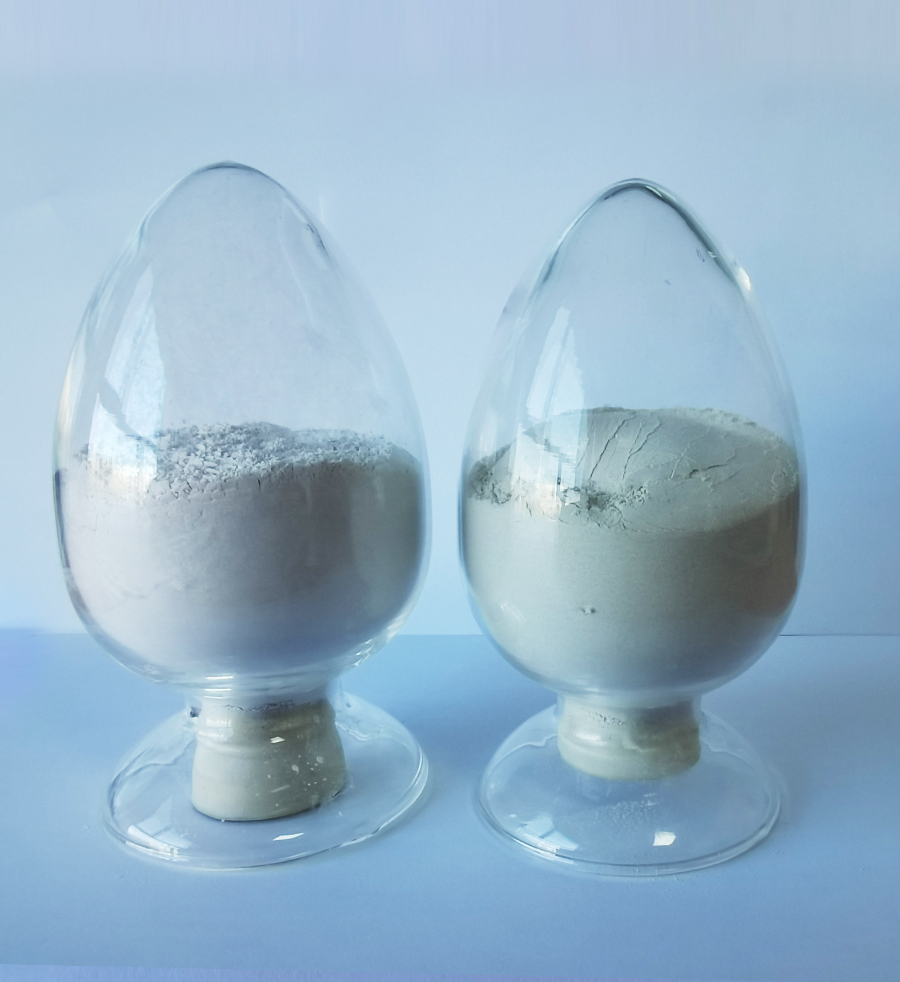activated clay
Activated clay is an adsorbent made from clay (mainly bentonite) as raw material, treated with inorganic acidification or other methods, and then rinsed and dried with water. Its appearance is light colored fine powder such as white or gray white, odorless, odorless, non-toxic, with excellent activity and strong adsorption performance. It can adsorb colored and organic substances. Activated clay is insoluble in water, organic solvents, and various oils, almost completely soluble in hot caustic soda and hydrochloric acid, and has minimal swelling in water and oil.
Product Usage:
To decolorize and refine animal and vegetable oils. Good decolorization rate, able to adsorb impurities such as pigments and fungal toxins from animal and vegetable oils. It has a large specific surface area and a large pore volume.
Mechanism of action:
When the concentration of inorganic acids used is high, the concentration of H+is high, and the acidification reaction can penetrate into the octahedral structure of bentonite, forming Lewis acid active centers. At this time, there are both Bronsted acid active centers and Lewis acid active centers in the activated clay, resulting in a high decolorization rate. However, the skeleton structure of the bentonite is damaged, and the activity decreases, making it an activated clay.
Packaging and Storage:
Activated clay is packaged with an inner plastic film and an outer plastic woven bag in two layers or according to user requirements.
The packaging weight is 25kg/50kg/1000KG or in bulk by truck or ship, or according to customer requirements.
Store in a well ventilated, dark, and dry place.

